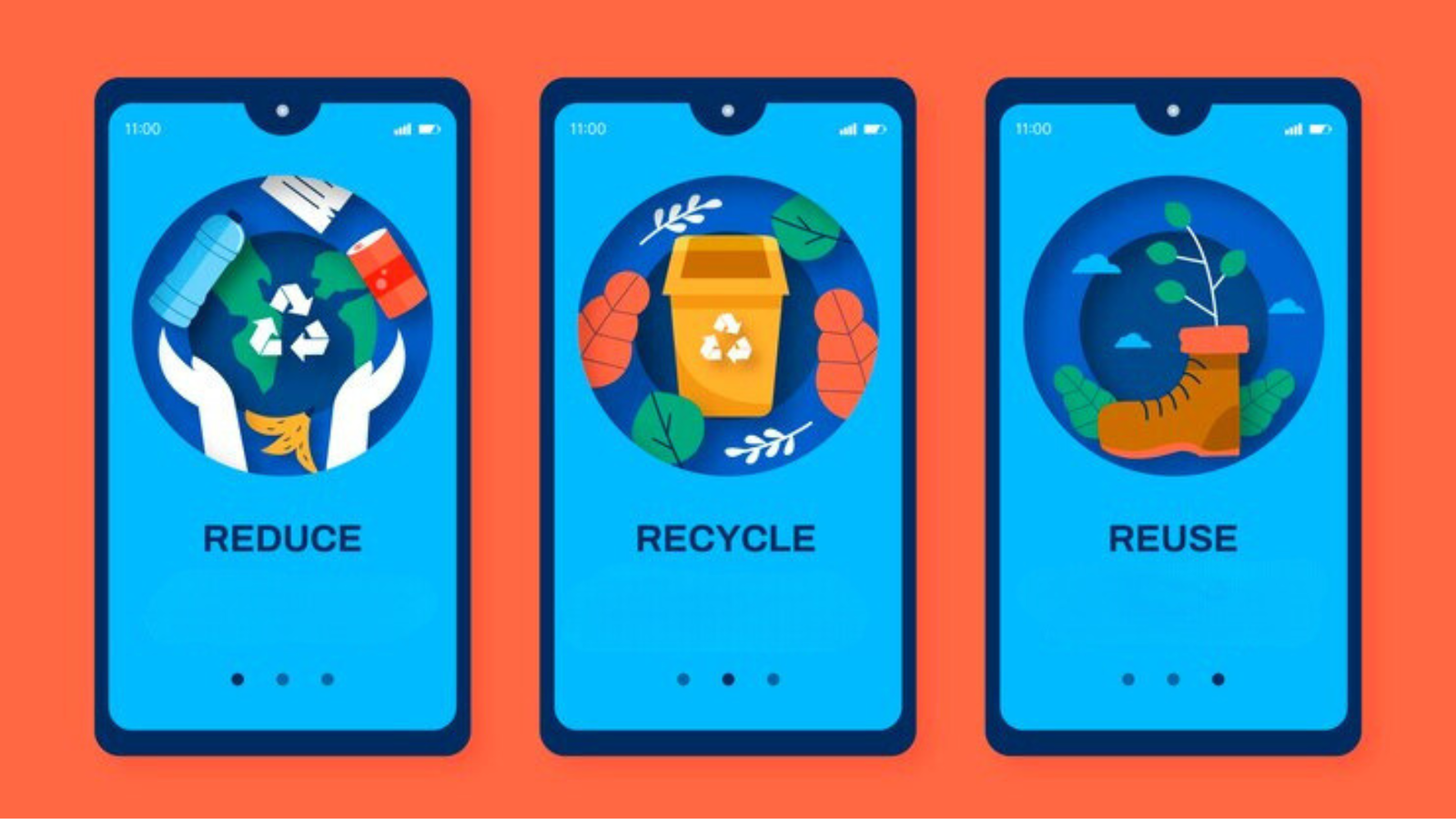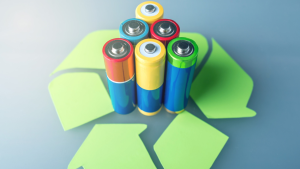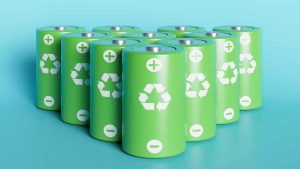![]()
India is experiencing rapid growth in its information technology and consumer electronics sectors, leading to increased electronic waste (e-waste) generation. Managing e-waste poses a significant environmental and health challenge due to its toxic components and the sheer volume generated. To address the health and environmental challenges posed by e-waste, the Indian government has taken significant steps toward implementing Extended Producer Responsibility (EPR) measures. This blog explores the status of EPR for e-waste in India, its significance, challenges, and the way forward.
Understanding E-waste
- waste comprises a wide range of products containing hazardous materials like lead, cadmium, mercury, and brominated flame retardants. When improperly disposed of or processed, these substances can contaminate soil, water, and air, posing severe environmental and human health risks. Electronic devices’ rapid proliferation and shortened lifespan contribute significantly to the e-waste problem.
- India is among the world’s top producers of e-waste, generating approximately 2.1 million metric tons of e-waste annually, with a projected growth rate of 21% by 2030, according to the Global E-waste Monitor 2020. The surge in e-waste can be attributed to the increased use of electronic devices, rapid technology obsolescence, and the expanding middle-class population. Therefore, addressing the e-waste challenge has become a top priority for India.
Extended Producer Responsibility (EPR): A Sustainable Solution
- Extended Producer Responsibility is a policy approach designed to shift the responsibility for managing the entire life cycle of a product, including its disposal, from consumers and local governments back to the manufacturers and producers. The concept originated in Europe during the 1990s in response to the growing concerns over the environmental impacts of consumer products. EPR aims to incentivise manufacturers to design products with longer lifespans, easy recycling, and reduced environmental impacts.
Key Principles of EPR for E-waste
Producers’ Responsibility
- EPR mandates that manufacturers and importers of electronic and electrical equipment (EEE) take responsibility for their products throughout their lifecycle, including collection, recycling (E-Waste recycling), and proper disposal.
Product Design
- EPR encourages manufacturers to design products with durability, repairability, and recyclability in mind. This promotes creating products that are less likely to become obsolete quickly.
Collection and Recycling Infrastructure
- Manufacturers are required to set up and fund collection and recycling systems. These systems should be easily accessible to consumers, making it convenient to return old devices for proper disposal or recycling.
Financial Responsibility
- Manufacturers must bear the financial burden of managing their products at the end of their life cycle. This includes covering the costs of collection, recycling, and safe disposal.
Reporting and Transparency
- EPR programs often require manufacturers to report on their efforts to manage e-waste, ensuring transparency and accountability.
Implementation of EPR for E-waste
The implementation of EPR for e-waste involves several key steps:
Policy Development
- Governments must formulate clear and comprehensive EPR policies and regulations that outline the roles and responsibilities of manufacturers, importers and other stakeholders. These policies should also establish targets for e-waste collection and recycling rates.
Stakeholder Engagement
- Collaboration among governments, manufacturers, recyclers, and consumer advocacy groups is important for the successful implementation of EPR. Stakeholders should work together to develop and refine EPR programs and ensure they align with local conditions and needs.
Setting Targets
- EPR programs should set specific targets for e-waste collection, recycling, and recovery rates. These targets provide a clear roadmap for progress and help measure the program’s effectiveness.
Consumer Awareness
- Educating consumers about the importance of responsible e-waste disposal is crucial. Manufacturers can play a role by including information on product labels and packaging, encouraging consumers to recycle their old devices.
Collection Infrastructure
- EPR programs require the establishment of convenient and accessible collection points for e-waste. These can include drop-off centres, mail-in programs, and partnerships with retailers.
Recycling and Disposal Facilities
- Adequate recycling and disposal facilities must be in place to handle e-waste environmentally soundly. These facilities should adhere to strict environmental and safety standards.
Benefits of EPR for E-waste
The implementation of EPR for e-waste offers a multitude of benefits:
Environmental Protection
- EPR reduces the environmental impact of e-waste by promoting proper disposal and recycling, preventing hazardous materials from entering ecosystems.
Resource Conservation
- Recycling e-waste allows for recovering valuable materials such as precious metals and rare earth elements, reducing the need for new resource extraction.
Energy Savings
- Recycling e-waste consumes less energy compared to processing and mining raw materials. This leads to reduced greenhouse gas emissions.
Job Creation
- EPR programs often require establishing collection and recycling facilities, creating jobs in the recycling industry.
Reduced Health Risks
- Proper e-waste management decreases the exposure of workers in informal recycling sectors to hazardous materials, improving their health and safety.
Circular Economy
- EPR encourages a circular economy approach, where products are designed and intended to be reused, remanufactured, or recycled, reducing waste and conserving resources.
Cost Savings
- EPR can reduce the financial burden on local governments for e-waste management as manufacturers take on the responsibility and costs.
Challenges and Roadblocks
Despite its potential benefits, the effective implementation of EPR for e-waste in India faces several challenges:
Informal Sector
- India has a vast informal e-waste recycling sector, where workers often lack proper training and safety equipment. Formalising and regulating this sector is a complex task.
Consumer Behavior
- Changing consumer behaviour and raising awareness about the importance of responsible e-waste disposal remains a challenge.
Enforcement
- The enforcement of EPR regulations can be weak, leading to non-compliance by some producers and importers.
Global Supply Chains
- E-waste often crosses international borders, making it challenging to hold global manufacturers accountable.
Lack of Awareness
- Many consumers and small businesses are unaware of the proper disposal methods for e-waste.
Infrastructure
- Establishing collection centres and recycling facilities in remote or underdeveloped areas can be logistically and financially challenging.
Progress and Initiatives
In recent years, India has made progress in implementing EPR for e-waste:
Increased Awareness
- Efforts have been made to raise public awareness about the importance of responsible e-waste disposal through government campaigns and initiatives.
E-waste Collection Centers
- The number of authorised e-waste collection centres has grown nationwide, making it more convenient for consumers to dispose of their e-waste properly.
Producer Responsibility Organisations (PROs)
- PROs have been established to facilitate the collection and recycling of e-waste and to ensure compliance with EPR regulations.
Extended Deadlines
- Due to initial challenges faced by manufacturers and importers in meeting targets, the government extended the deadlines for EPR compliance.
Conclusion
Extended Producer Responsibility (EPR) for e-waste is a sustainable approach that can significantly mitigate the environmental and health impacts of the growing e-waste problem. By shifting the responsibility for e-waste management to manufacturers and importers, EPR encourages product design for longevity and recyclability, reduces environmental contamination, conserves resources, and creates economic opportunities. However, the successful implementation of EPR requires strong policy support, stakeholder collaboration, and efforts to change consumer behaviour. As the global volume of e-waste rises, embracing EPR becomes increasingly vital in building a more sustainable and circular economy.
Extended Producer Responsibility for e-waste management in India is a critical step toward addressing the mounting e-waste challenge in the country. While challenges such as the informal recycling sector, consumer behaviour, and enforcement persist, India has made substantial progress in raising awareness, establishing collection centres, and developing PROs. The continued commitment of the government, collaboration with stakeholders, and public engagement are essential for the successful implementation of EPR measures. As India strives to build a sustainable and circular economy, EPR for e-waste management remains a crucial driver of environmental protection and resource conservation.





